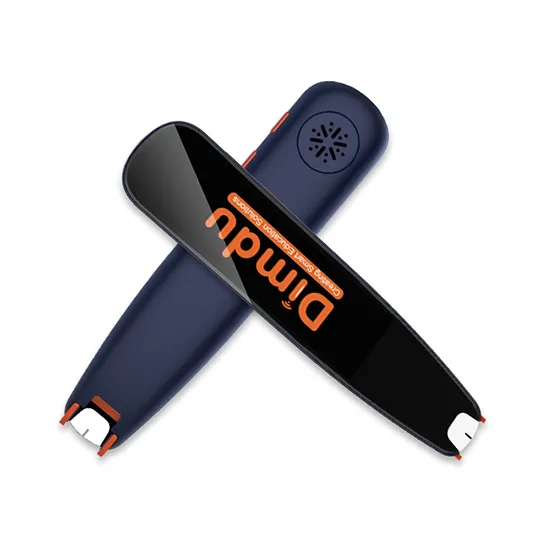Raw Material Procurement

Supplier Evaluation

Raw Material Inspection
Production Process Control

Production Environment Management

Production Process Standards

Quality Testing Equipment
Finished Product Testing
Function Testing: Conduct comprehensive testing of the reading pen’s functions, including reading, audio and video playback, Bluetooth connectivity, button operation, screen display, etc., ensuring stable performance in various usage scenarios.
Performance Testing: Test the pen’s performance indicators, such as reading accuracy, audio output power, battery life, wireless communication range, and stability. For reading accuracy, tests should be done on books with different lighting conditions and materials, ensuring that it meets the required standards.
Reliability Testing: Conduct high-temperature, low-temperature, humidity, vibration, drop, and aging tests to assess the pen’s durability and stability in different environmental conditions.

Quality Traceability and Continuous Improvement
Contact UsQuality Traceability System: Establish a comprehensive traceability system that records detailed information for each pen, including raw material batch numbers, production dates, personnel, and testing records. In case of quality issues, the source can be quickly traced for corrective action.
Data Analysis and Improvement: Collect and analyze quality data during the production process to identify trends and patterns in quality issues. Take corrective actions such as improving production processes and optimizing product designs to continuously improve product quality.
User Feedback Collection: Regularly collect user feedback through online surveys, customer service, and social media. Address quality issues raised by users promptly and integrate their feedback into product improvement processes.

After-Sales Service Guarantee
After-Sales Repair and Replacement: Establish a professional after-sales service team to provide timely and efficient repair and replacement services. For quality issues within the warranty period, repair or replacement will be provided free of charge according to the policy.
Technical Support and Training: Offer technical support to resolve issues users may encounter during use. Provide guidance through customer service hotlines, online support, and technical forums. For complex features and operations, offer training services to users.